Setting the posts is a crucial step in building a pole barn. The posts form the primary structural support for the entire building. There are different methods for setting posts depending on the soil conditions, climate, and design of the pole barn. Here’s a detailed guide covering various types of post setting scenarios and techniques:
- Tools and Materials Needed
- Auger or post hole digger
- Measuring tape
- Level
- Shovel
- Gravel
- Concrete mix (pre-mixed or mix-on-site)
- Water (for mixing concrete)
- Stakes and string (for alignment)
- Wooden posts (treated for ground contact)
- Temporary bracing materials (e.g., lumber, clamps)
- Types of Post Setting Methods
2.1 Direct Burial (Set in Soil):
- Description: Posts are directly buried in the ground and tamped with soil or gravel.
- Scenarios: Suitable for smaller buildings or areas with well-draining soil.
2.2 Concrete Footing and Backfill:
- Description: Posts are placed in holes with concrete poured around the base.
- Scenarios: Suitable for larger buildings or areas with unstable soil.
2.3 Concrete Piers:
- Description: Posts rest on concrete piers that are poured separately from the posts.
- Scenarios: Ideal for areas with poor soil conditions or where frost heave is a concern.
2.4 Post Anchors:
- Description: Metal post anchors are set in concrete, and posts are bolted to the anchors.
- Scenarios: Used in areas with very poor soil conditions or where maximum stability is required.
- Detailed Steps for Each Method
3.1 Direct Burial (Set in Soil)
- Dig Post Holes:
- Use an auger or post hole digger to dig holes at the marked locations.
- Holes should be at least 3 feet deep (deeper in areas with frost) and 3 times the width of the post.
- Prepare the Base:
- Place a few inches of gravel at the bottom of each hole for drainage.
- Set the Posts:
- Place the post in the hole.
- Ensure the post is level and plumb using a level.
- Backfill the hole with soil or gravel, tamping down every few inches to ensure stability.
3.2 Concrete Footing and Backfill
- Dig Post Holes:
- Follow the same procedure for digging holes as in the direct burial method.
- Prepare the Base:
- Add a few inches of gravel for drainage.
- Set the Posts:
- Place the post in the hole.
- Mix concrete according to the manufacturer’s instructions.
- Pour concrete around the base of the post up to ground level.
- Ensure the post is level and plumb. Use temporary bracing to hold it in place until the concrete sets.
3.3 Concrete Piers
- Dig Pier Holes:
- Dig holes for the concrete piers at the marked locations.
- Holes should be deeper and wider than those for direct burial, usually 4 feet deep or more depending on frost line.
- Install Forms:
- Place concrete forms (e.g., sonotubes) in the holes.
- Pour Concrete:
- Mix and pour concrete into the forms.
- Allow the concrete to cure according to the manufacturer’s recommendations.
- Attach Post Brackets:
- Once the concrete has cured, attach metal post brackets to the top of each pier.
- Set the Posts:
- Place the posts into the brackets.
- Secure the posts with bolts, ensuring they are level and plumb.
3.4 Post Anchors
- Prepare the Site:
- Dig holes for the concrete footings at the marked locations.
- Install Forms and Pour Concrete:
- Use forms to shape the footings.
- Pour concrete into the forms and allow it to cure.
- Install Post Anchors:
- Set metal post anchors into the wet concrete or attach them after the concrete cures.
- Ensure the anchors are aligned and level.
- Set the Posts:
- Place the posts in the anchors.
- Bolt the posts to the anchors, ensuring they are level and plumb.





